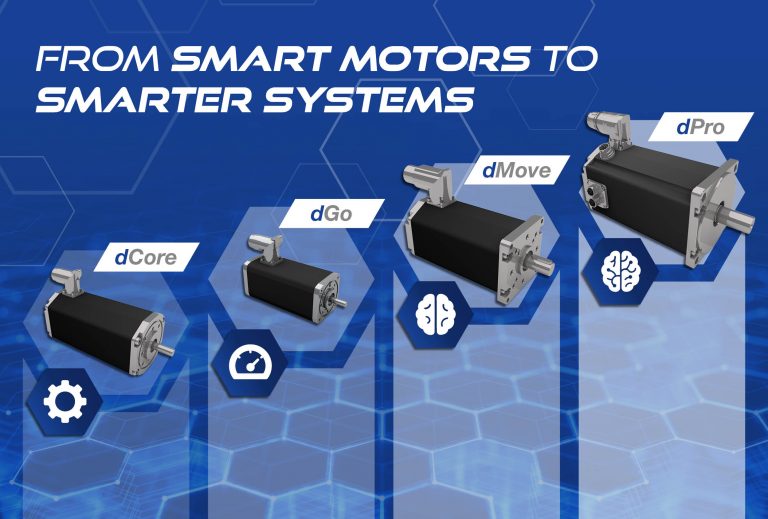In a nutshell:
Robo-taxis are moving from pilots to measured scale-ups as AV developers and ride-hailing platforms integrate driverless services in select cities.
Regulation and safety performance are the gating factors, with China and a few U.S. metros setting the pace for commercial deployments.
Improving unit economics and a growing support ecosystem (operations, insurance, infrastructure) are drawing investment despite ongoing risks.
Autonomous ride-hailing is moving from headline-grabbing pilots to a more deliberate phase of scale-up, with a handful of technology developers expanding service areas and ride-hailing platforms integrating driverless options in select markets. The opportunity set for investors and operators is broadening—from software and sensors to fleet operations, charging, insurance, and city partnerships—but success depends on disciplined execution under closer regulatory scrutiny.
In the United States, fully driverless ride-hailing is now operating at commercial scale in a few metros. Waymo continues to offer paid driverless rides to the public in Phoenix and San Francisco and has been widening access in the Los Angeles area. Its approach—purpose-built AV stacks on electric vehicles, centralized fleet operations, and progressive geographic expansion with regulators—has kept it on a steady trajectory even as oversight intensifies. U.S. safety regulators opened inquiries into certain incidents in 2024; the company has responded with software updates and published safety analyses. The net effect is a more iterative, but still forward, path to growth.
By contrast, GM’s Cruise remains in a rebuild. Following the late-2023 pedestrian injury in San Francisco and subsequent permit suspensions in California, Cruise paused driverless service nationwide, overhauled leadership and processes, and gradually returned to on-road testing with safety drivers in limited locations. The company’s purpose-built Origin vehicle and broader commercialization timelines will depend on successfully satisfying state and federal regulators and demonstrating sustained operational safety.
Tesla continues to pursue a camera-only autonomy strategy and has rolled out widely its supervised city-driving system (marketed as Full Self-Driving) to owners. However, it remains an advanced driver-assistance product that requires attentive human supervision and is not authorized for driverless ride-hailing. U.S. regulators have kept Tesla’s systems under review; over-the-air updates and recalls have aimed to address identified risks. A dedicated “robotaxi” service from Tesla has not launched as of August 2025.
On the platform side, ride-hailing networks are becoming distribution channels for autonomous fleets. Uber integrated Waymo vehicles into its Phoenix marketplace and has discussed expansion where regulators permit. Lyft has long piloted autonomous rides, notably in Las Vegas, working with developers such as Motional. Motional, backed by Hyundai, has tested driverless rides but has also revised commercialization timelines and organizational structure over the past year. The emerging model is clear: platforms broker demand, while AV specialists provide the certified driverless supply.
Outside the U.S., China is pushing ahead with city-scale deployments. Baidu’s Apollo Go service operates driverless rides in multiple zones, including in parts of Wuhan and Beijing, and reports millions of cumulative trips. Several other Chinese developers have obtained permits for paid robotaxi operations in designated areas. These programs benefit from clear municipal pilot frameworks, integrated high-definition mapping, and strong public-sector involvement in roadside infrastructure. The competitive intensity and speed of iteration in China are shaping global benchmarks for cost and utilization.
Regulation is increasingly the decisive variable. In the U.S., services require overlapping approvals—from state motor vehicle departments and utilities commissions to municipal permissions—plus ongoing federal safety oversight. Discrete operational design domains (ODDs), remote assistance protocols, incident reporting, and data retention are becoming standardized expectations. Jurisdictions that provide transparent pathways for limited but scalable deployments are attracting investment; opaque or shifting requirements are delaying capital commitments.
Unit economics are steadily improving but remain sensitive to fleet scale and operations. Costs are trending down as sensor prices fall and compute efficiency rises, yet the real gains come from higher utilization, tighter geofences that maximize demand density, efficient charging and cleaning workflows, and robust remote support. Operators report that dense, well-mapped service areas with predictable traffic and weather can reach attractive cost per mile sooner than diffuse coverage. Electric drivetrains and depot-style charging are becoming the default, tying robotaxi scale-up to local grid capacity and energy pricing.
For businesses looking to participate, the opportunity extends beyond building the autonomy stack. High-potential segments include:
- Fleet operations: depots, charging, maintenance, cleaning, and real-time dispatch optimization
- Safety and compliance: teleoperations, incident management, cyber and functional safety tooling, regulatory reporting
- Insurance and finance: usage-based coverage, residual value management, fleet financing structures
- Infrastructure and city tech: curb management, dedicated pickup zones, V2X pilots, grid-smart charging
- In-vehicle experience: accessibility features, commerce, and differentiated brand experiences for riders
Yet, also the risks are real. Safety incidents can halt deployments, and regulatory momentum can reverse at the city level. Capital intensity remains high, and timelines can slip when operating conditions change. Yet the direction of travel is discernible: driverless ride-hailing is proving viable in specific ODDs, platforms are ready to aggregate demand, and cities increasingly view AV fleets as tools for safety, accessibility, and emissions goals.
For executives and investors, the pragmatic playbook is to align with regulators early, target service areas where economics are favorable, partner with platforms for distribution, and build resilient operations. The winners will be those who compound incremental gains—safety, cost, and rider trust—into durable networks rather than those who chase headline scale before the fundamentals are in place.
Title photo by Timo Wielink
< Back to Automation, AI, Robotics
< Back to Automobiles, Motorcycles
> Here is one of the places where the issuer of a news item is branded.
> Tap buttons or logos to be redirected to the issuers profiles or pages.






